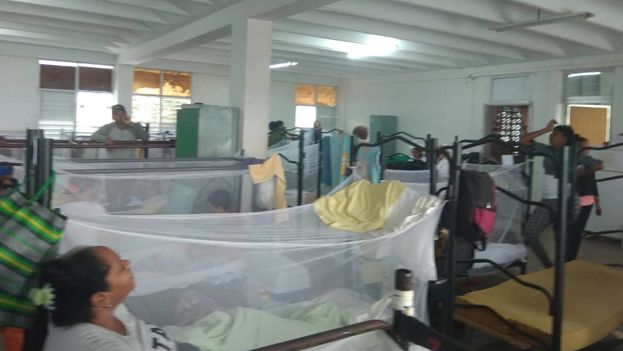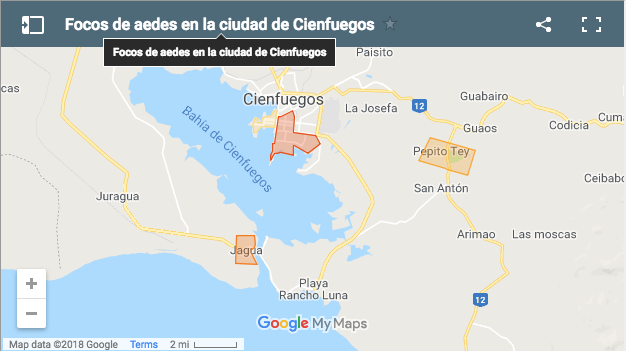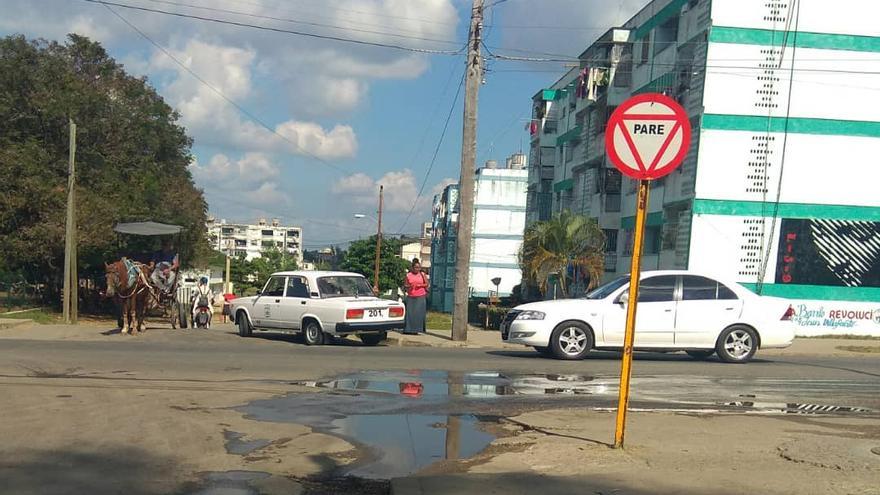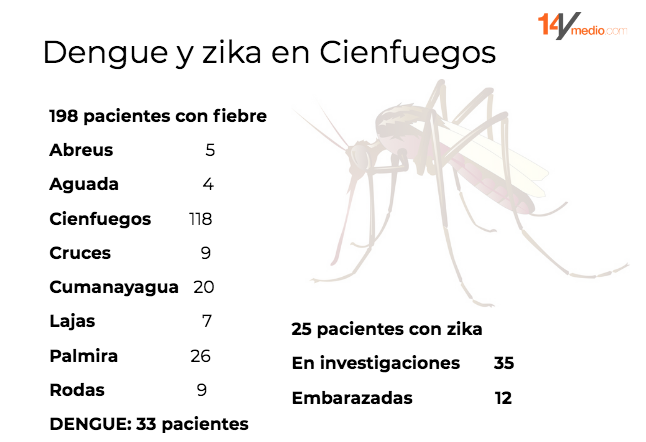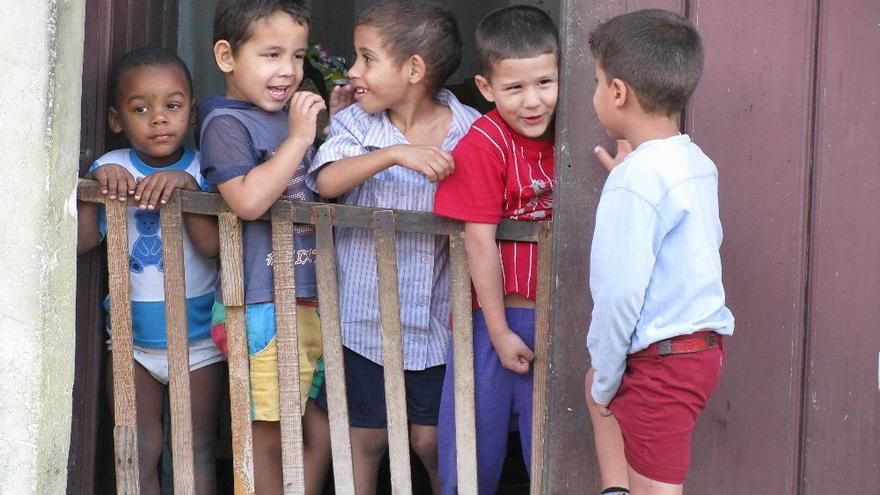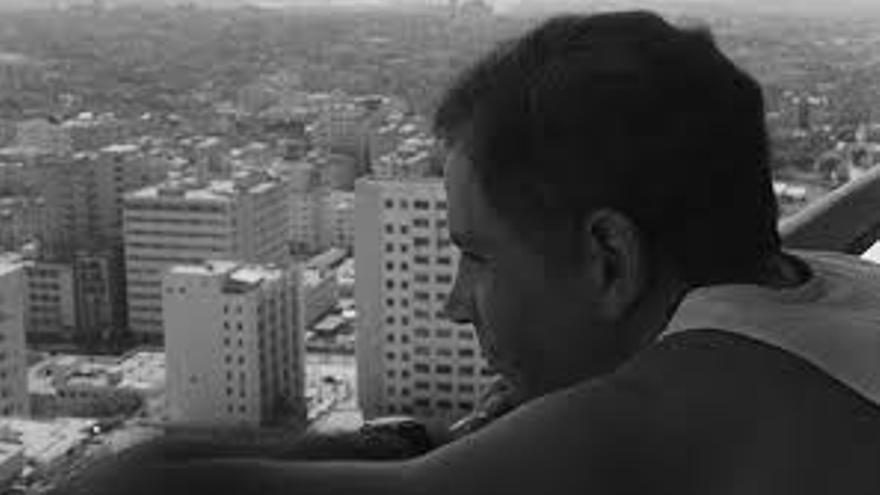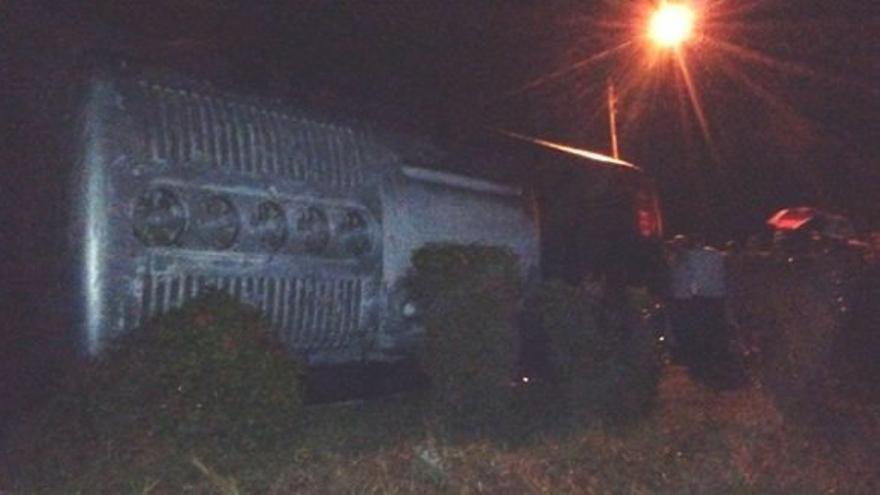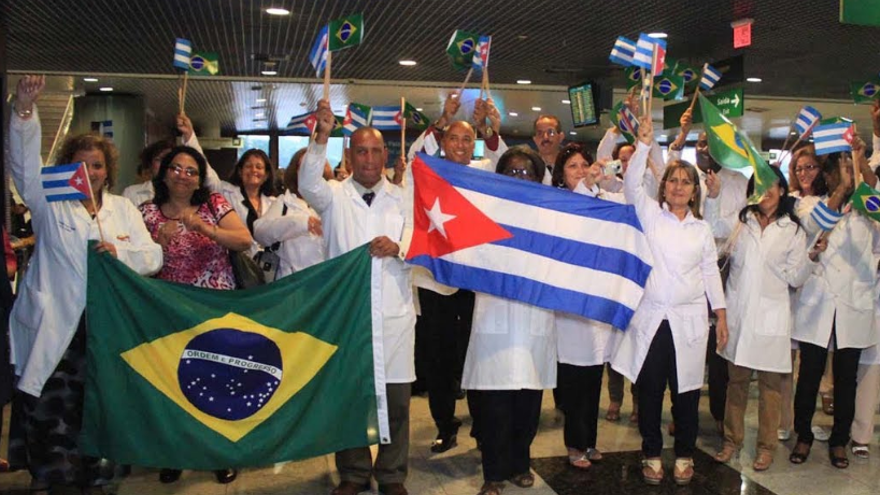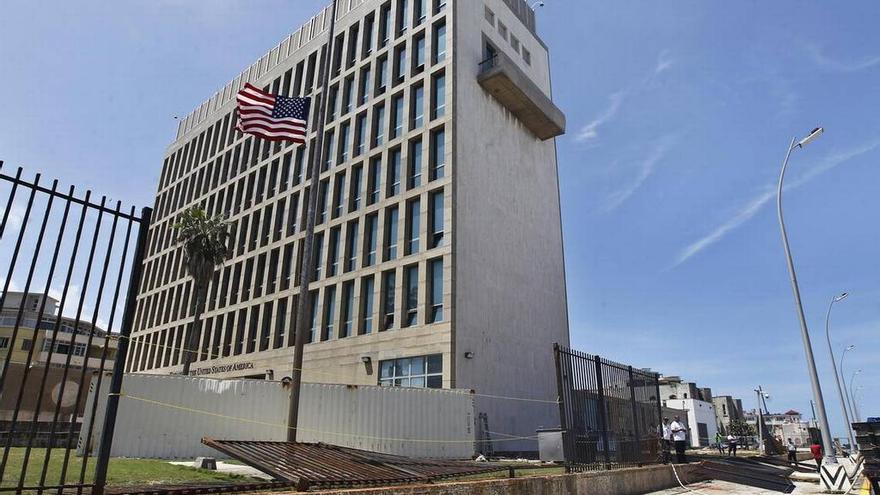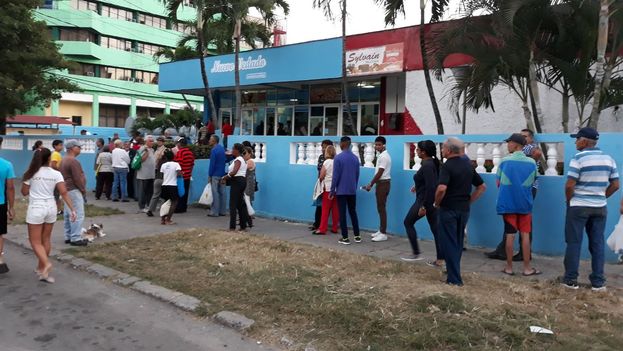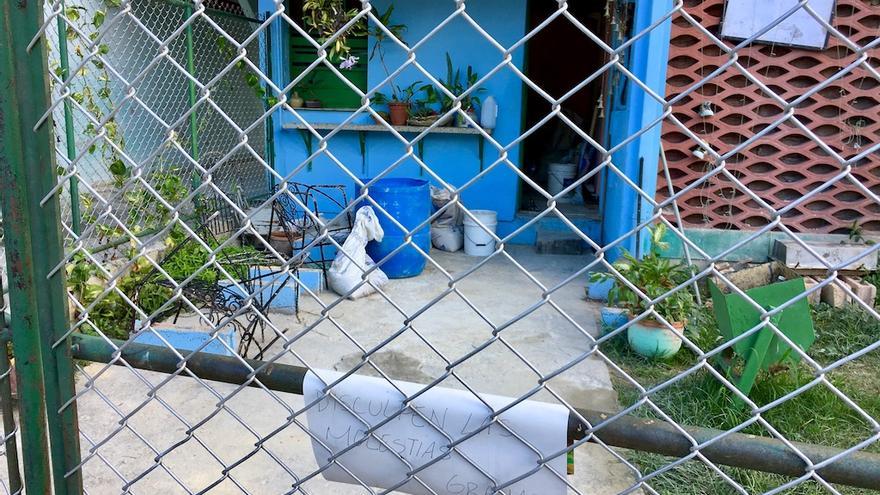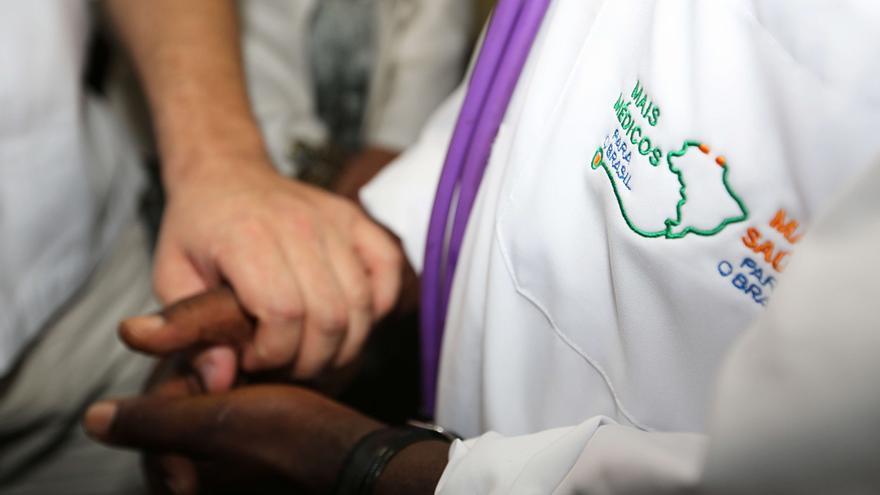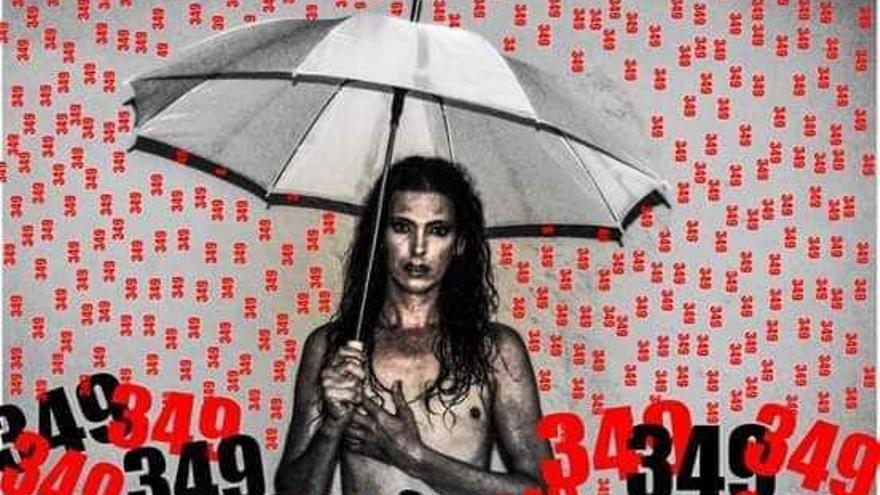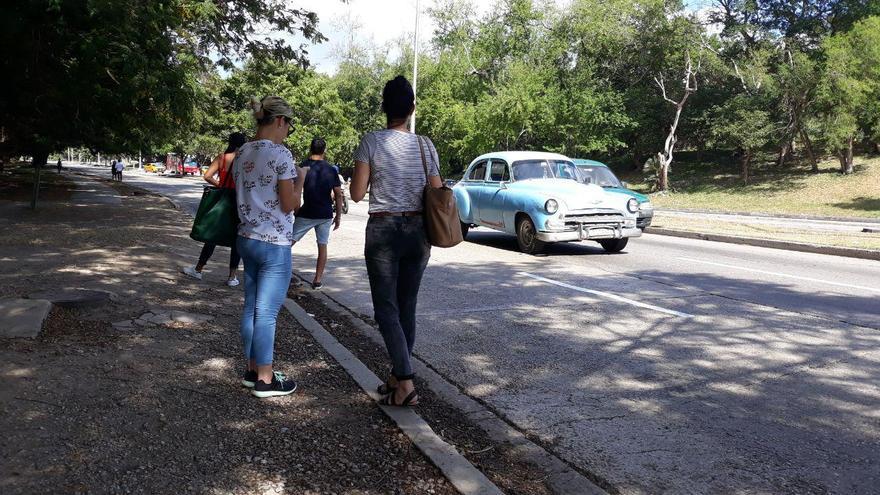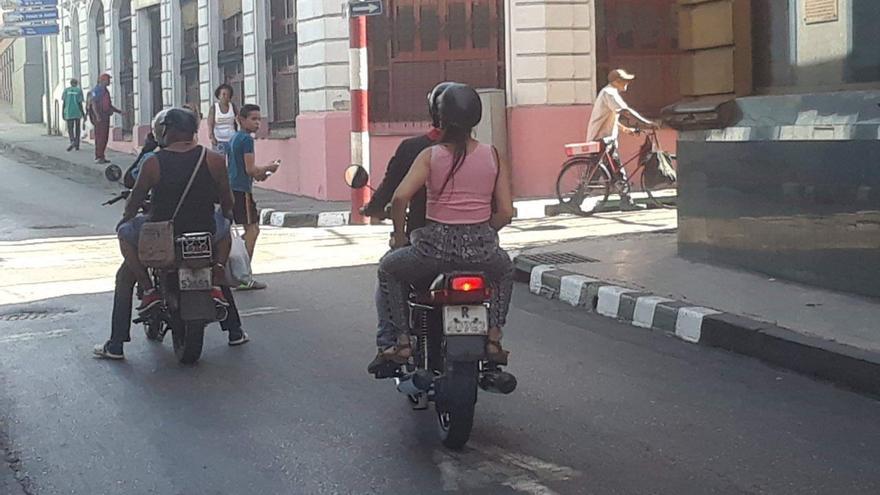
![]() 14ymedio, Ernesto Camué, Santiago de Cuba | 17 December 2018 — Authorities in Santiago de Cuba are determined to impose order on mototaxis (motorcycle taxis), the main method of transportation in the city. In the last few weeks, an expanded body of inspectors and police officers has been trying to check the illegal motorcyclists, around nine out of every ten circulating around the city.
14ymedio, Ernesto Camué, Santiago de Cuba | 17 December 2018 — Authorities in Santiago de Cuba are determined to impose order on mototaxis (motorcycle taxis), the main method of transportation in the city. In the last few weeks, an expanded body of inspectors and police officers has been trying to check the illegal motorcyclists, around nine out of every ten circulating around the city.
The profession laments that, in a context of new regulations for the private sector, the controls in the transportation of passengers are significant. The worst nightmare of these drivers is the motorized police, caballitos, who in the last few weeks have determinedly pursued motorcyclists to demand that they show their licenses.
The peculiar topography of the city, with steep streets, means that mototaxis are the best solution for passengers who want to cross it rapidly and without having to wait too long for a bus. Consolidated for decades, mobility on these two-wheeled “almendrones*” was legalized in 2014, but convincing the motorcyclists to formalize their activity has turned out to be an almost impossible task. continue reading
Of the 15,000 bikes providing service in the city, less than a tenth have a license to practice the occupation in a self-employed manner, according to the local press.
The majority prefer to do it outside of the law to evade the monthly payment for the permit which, along with the social security fee, can reach around 400 CUP (Cuban pesos, about $16 US), in addition to paying 300 CUP for the operating license once a year. The motorcyclists, additionally, justify their position by arguing that local authorities haven’t fulfilled the initial promise of providing them with spare parts and fuel at preferential prices to perform their work.
A mototaxi makes at least ten journeys a day, according to various motorcyclists consulted by this newspaper, from which the weekly earnings can top 3,000 CUP. However, these freelancers allege that spare parts and private maintenance garages have very elevated prices and that fuel, at 1 CUC (Cuban convertible pesos, about $1.00 US) per liter, is an unsustainable price.
Four years ago, Maira Pérez González, vicepresident of the Provincial Administration Council, assured that maintenance and repair garages would be authorized with facilities for these motorcyclists and that they would be sold oil, greases, body work, paint, and electricity.
“They told us that they were going to open a store where we could buy cheaper parts and tires to repair the motorcycles, but the supply lasted a very short time,” details Yunior, a 32-year-old motorcyclist who has spent seven years “evading the police” to avoid the fines of up to 500 CUP that they impose on illegal drivers.
The motorcyclist believes this is the only advantage of legalizing the business. “Everything else with being self employed is about obligations to the State, not rights: you have to pay more and the earnings are very little. We would have to set prices that customers aren’t willing to pay,” he tells 14ymedio to justify his decision to work outside the law.
If until a few months ago there was a certain permissiveness with the illegal motorcyclists, the outlook has radically changed at the end of 2018. “Before they would stop us so that we would wear a helmet and so we would carry another one for the customer, but now it’s a hunt to give us fines and even threaten to confiscate our motorcycles,” says Jorge Valdivia, a motorcyclist who had a license for several years until, in April of 2017, he decided to return it and continue “at his own risk” in Santiago’s streets.
“Now we have to tell the customer to pay discreetly because if the police see us accepting money they give us fines,” he adds.
Valdivia rides a bike of the MZ make, which along with Jawa and ETZ motorcycles are the most common ones in private transportation in this part of the country. “I bought this one from a Cuban who studied in communist Germany and brought it with him when he came back,” he tells this newspaper. They are among the few motorcycles with fuel motors that have been permitted to enter the country in half a century.
Currently customs laws only allow the private import of electric motorcycles, nor are models that consume fossil fuels sold in national stores. On the informal market one of these vehicles can cost 7,500 CUC or more, depending on its technical state and on the improvements made by its owner.
“I bought this Jawa a year ago and I still haven’t managed to recoup the investment, so I can’t pay for the license,” explains a young rider who preferred to remain anonymous. “If I get my license I will have to pay almost 500 CUP each month between one thing and another, so there would remain very little for me,” he details.
Along with the advantages in mobility that motorcycles offer in Santiago de Cuba is the price. There are rates by section and a standard trip costs 10 CUP, but one can also negotiate with the driver for longer distances or to use the vehicle to transport shopping, furniture, and even raw material for other private businesses.
“Without the motorcycles this city would be paralyzed because not even the guarandingas (a truck fitted out to operated a bus), nor the Diana buses (assembled on the island) manage to offer an efficient service,” says Carmen Rojas, a resident in the vicinity of the central Alameda of Santiago de Cuba. “Although not everyone can afford a moto, what’s certain is that they alleviate the transport problem a lot.”
*Translator’s note: The vehicles used in private, shared and semi-fixed route taxis in Cuba are commonly classic American cars from the 1950s or earlier, which are called “almendrones” in reference to their “almond” shape.
Translated by: Sheilagh Carey
__________________________
The 14ymedio team is committed to serious journalism that reflects the reality of deep Cuba. Thank you for joining us on this long road. We invite you to continue supporting us, but this time by becoming a member of 14ymedio. Together we can continue to transform journalism in Cuba.

